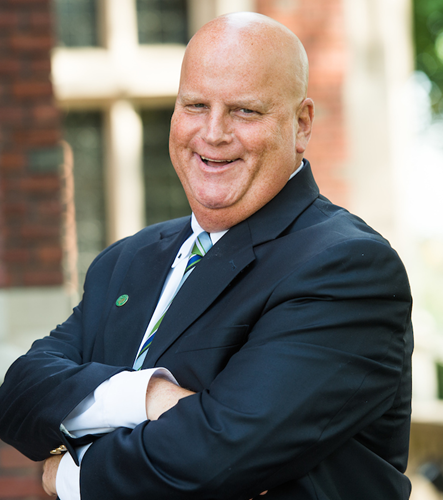Pieces of my Mind
Like many of you who may be spending a lot of time at home, early on in this pandemic I took the advice of friends and invested in some “mindless fun” to distract. Instead of purchasing a simple jigsaw puzzle through Amazon, I ordered a 1,000-piece puzzle. I clearly wasn’t operating with all cylinders.The last time I did a jigsaw puzzle, I was dressed in bellbottoms. Now my 1,000-piece puzzle was spread out on my dining room table staring back at me--and I was overwhelmed.
Friends suggested I begin with the tried and true method—start with the corners and work my way in. Great advice…except I ordered a puzzle without corners. The puzzle was round. And colorful. With overlying abstract patterns.Had I bitten off more than I could chew?
For a week straight, every free moment I had I devoted to this puzzle. I felt frustration more than satisfaction. I learned a very important lesson through this process. I needed to look at the box cover to see the whole picture—to have an understanding what a completed puzzle looked like. The task of completing this puzzle seemed overwhelming without knowing the end result.
Imagine doing a puzzle on your own without seeing the box cover. You could easily confuse a cloudy blue sky with a reflection in a swimming pool. A backyard lawn might actually be a fairway on a golf course. A brick wall might just be pavers on a boulevard streetscape. Until you can see the overall picture, it’s difficult to complete the puzzle. Isn’t it?
Imagine if you were asked to describe a perfect family vacation. Would your view be identical to your partner’s view? Your children’s? Your pet’s? How about a vision for what the “new normal” looks like at work for you? Your colleagues? Your boss? Key stakeholders?
An alumni event may be judged successful by one staff member responsible for promotions? Differently, however by the event coordinator? Perhaps even differently from the catering director based on food consumption? Tips secured by the bartender? Dollars raised by the annual fund director? Amount billed by the facility? We may all have a different image in our minds, different standards by which we judge completion.
For me, the puzzle reinforces the importance of communication with those I work with each day while in (or out) of the office. If each person is operating with the same understanding of success, it increases the likelihood of completing the puzzle. If we all have different perspectives, we’re bound to work in different directions, perhaps working against one another’s efforts.
Another lesson I’ve learned from this experience is sometimes you need to step away from the puzzle for a day or two. When I’ve returned to it, suddenly puzzle pieces I’d been staring at for days, connect. Progress is made. Sometimes we need that break to readjust to later see what connections were there right in front of us.
Am I overthinking the puzzle? Possibly. But I think the analogy has merit in our personal lives and our work lives. Being as transparent as possible in our communication with others helps us all achieve.
As your alumni association we understand that the immediate future is uncertain. We can’t yet provide the perfectly completed puzzle box cover for you all to see. We will eventually return to in-person alumni events. But, as we begin so many new online initiatives, I believe our future operations will change with a greater mix of events both live and online. Alumni will have more options as we will no longer be limited to locations we physically visit. In this issue we share information about these new initiatives. As always, we invite you to share your ideas as well. This association is your association. Write to us at: alumassoc@csuohio.edu.

